Paid ads on social media: they’re the thing we love to complain about but secretly love because they feed us exactly the products we didn’t know we wanted. A new skincare product that promises miracles? Click. A limited edition purse we absolutely do not need? Add to cart. Whether we like it or not, paid ads on social media are growing exponentially as more and more users spend their time on social platforms.
The fact is, social media ads are becoming increasingly important to thrive in the digital marketing space. As advertisers scramble to catch up with trends, it’s crucial to not only keep an eye on what’s happening now but also what’s coming next.
So, what are the most exciting trends to watch in 2025 when it comes to paid social ads? Here are some of the trends I’m personally excited about, what they mean for advertisers, and why you should take note.
1. Short-Form Video is Here to Stay
Let’s get straight to it: short-form video is the “it girl” for paid social. If there’s one thing that 2025 will solidify, it’s that TikTok (if it doesn’t get banned!), Instagram Reels, and YouTube Shorts are dominating the space, and for good reason. These placements, which thrive on bite-sized videos, manage to capture our attention in ways that traditional long-form content simply cannot.
But why is short-form video such a powerful tool for marketers? In short, our attention span matches that of a goldfish these days. The average attention span for most users has been steadily declining, according to studies such as those by Gloria Mark for the American Psychology Association, making long-form content tough to sell unless someone is already a fan of your brand. So, how do you reach new potential customers in a world where people swipe through content faster than you can say hi there? Short and engaging videos are the answer you’re looking for.
Short-format videos are more likely to hook audiences quickly, deliver key messages effectively, and drive meaningful engagement. With platforms like TikTok dominating the social landscape, marketers are getting creative by using videos that can convey their messaging in the shortest time possible. If you ask me, 15 seconds or less is ideal.
How can you succeed with short-form video? Focus on the first few seconds. This is the make-or-break moment where you either capture your audience or completely lose them. Tease the value upfront, use visually interesting elements, and make it clear what viewers can expect if they keep watching. It’s all about stopping the endless scroll and earning that rare moment of attention.
An important tip: having user-generated content (UGC) that resembles the look and feel of the brand’s organic presence tends to work best. It’s important for users to have a cohesive experience from what they see in an ad to what’s on the organic social page, to what they find on the website. Think about it — if you see an ad that’s clean and minimalist, but then land on an organic social page or website that’s the exact opposite, it sets false expectations for the user. This disconnect can lead to a high bounce rate, and losing the trust of a potential consumer from the get go.
While the explosive growth of short-form video has made it the go-to format for consuming content quickly, its evolution will hinge on balancing creativity, authenticity, and meaningful engagement in a very saturated market.
Here’s where I think short-form videos will differ in 2025:
- Deep Interactivity: Short-form video will likely shift toward formats that invite audience participation. Think AI-generated, personalized responses within videos or interactive polls layered into the content, breaking the 4th wall per se, between creator and audience.
- Purpose Over Trends: As audiences tire of watching the same trends and formats (ehem, Wicked…), creators who use short-form video in a more unique way will stand out. I’m not saying there’s no value in hopping on trends, but if you do, it has to be timely and still have some authenticity to your brand – otherwise it’s simply cringy and you’re better off just not doing it.
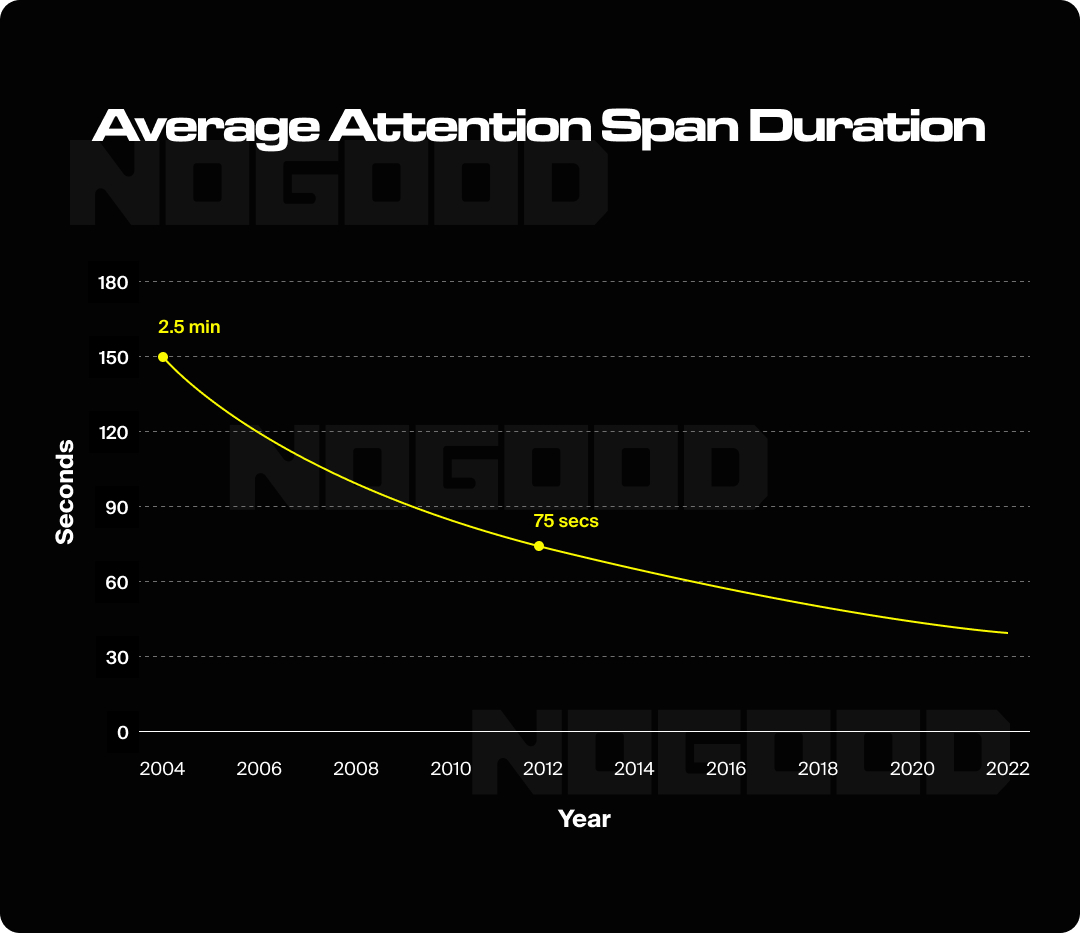
2. YouTube Shorts: A Placement to Watch
Speaking of short-form videos, YouTube Shorts is quickly becoming a placement to watch for 2025. While TikTok remains a big player in the game, its uncertain future — thanks to potential bans and changing regulations — makes YouTube Shorts a smart option for advertisers. Even if TikTok sticks around, YouTube Shorts offers a prime opportunity to reach audiences on another platform.
Why is this placement worth your attention? For one, YouTube is the second-largest search engine in the world, and Shorts is tied directly to it. With over two billion users already engaging with Shorts, the potential reach for advertisers is massive. Brands that experiment with this placement now are likely to gain a competitive edge as the platform continues to grow.
With Google Ads now giving you the option to run ads strictly in the YouTube Shorts placements, I recommend testing your top-performing video ads from other platforms sooner rather than later to find what formats and themes stick best with this audience type, but from our experience, UGC videos that match the look and feel of the organic videos on the platforms will likely continue to dominate the space.
3. AI Tools: Where to Lean In and Where to Proceed with Caution
Let’s talk about AI. It’s everywhere — and for good reason. AI tools have made it easier than ever to scale paid social campaigns. Need five headline options? AI’s got you. Want to quickly test ad copy variations? Done and done.
Lean in by leveraging automated campaign options like Advantage+ on Meta and Smart Campaigns on TikTok. Frankly, you’re already behind if you’re not using these. But be careful when jumping headfirst into every AI update you see.
When it comes to generative AI, there are certain tools I trust. Others, not so much. As much as platforms are pushing for AI-driven enhancements, most are just not quite there yet. Let’s use Meta as an example – these are the tools from their Advantage+ Suite that I trust and those I do not:
- Trustworthy:
- Advantage+ Creative Text Generation
- Adding Sitelink Extensions
- Catalog Ads
- Proceed with Caution:
- Relevant Comments – make sure you keep an eye on what people are saying in the comment section. If it’s mostly positive, go for it, but make sure you have a pulse on this section.
- Enhanced CTA – works most of the time, but if you have a very specific goal, I’d stay away from these.
- Adding Music – mostly good, but sometimes it can get a little weird. If you’re not super strict with what the overall feeling of the ad should be, it can add a little something to the ad, making the user scroll if they’re intrigued by the sound they’re hearing.
- Simply Not There: I’ll preface this by saying that if you’re advertising for a brand that has strict visual guidelines, run away from these, fast:
- Visual Touch Ups
- Overlay enhancements
I’ve said it once, and I’ll say it again: things can get funky with these real fast. I would not recommend using them. So while AI tools are great for efficiency, don’t hit “publish” without an actual human giving things a final check.
My AI predictions for 2025? Automated campaigns will remain the go-to strategy for targeting users. Detailed targeting is gradually becoming obsolete as privacy concerns grow and smart campaigns, like Advantage+, continue to improve their accuracy in reaching the right audience based on consumer behavior. As far as the more visual aspect of AI on these platforms, I think these will get better but will likely work best for brands that have strong visual guidelines. A solid visual identity will give these AI tools more cohesive data points to draw from, allowing them to create ad variations based on the inputs they see in the account. Will this be perfect in 2025? Probably not, but I do believe we’ll see significant improvements over the next year or so.
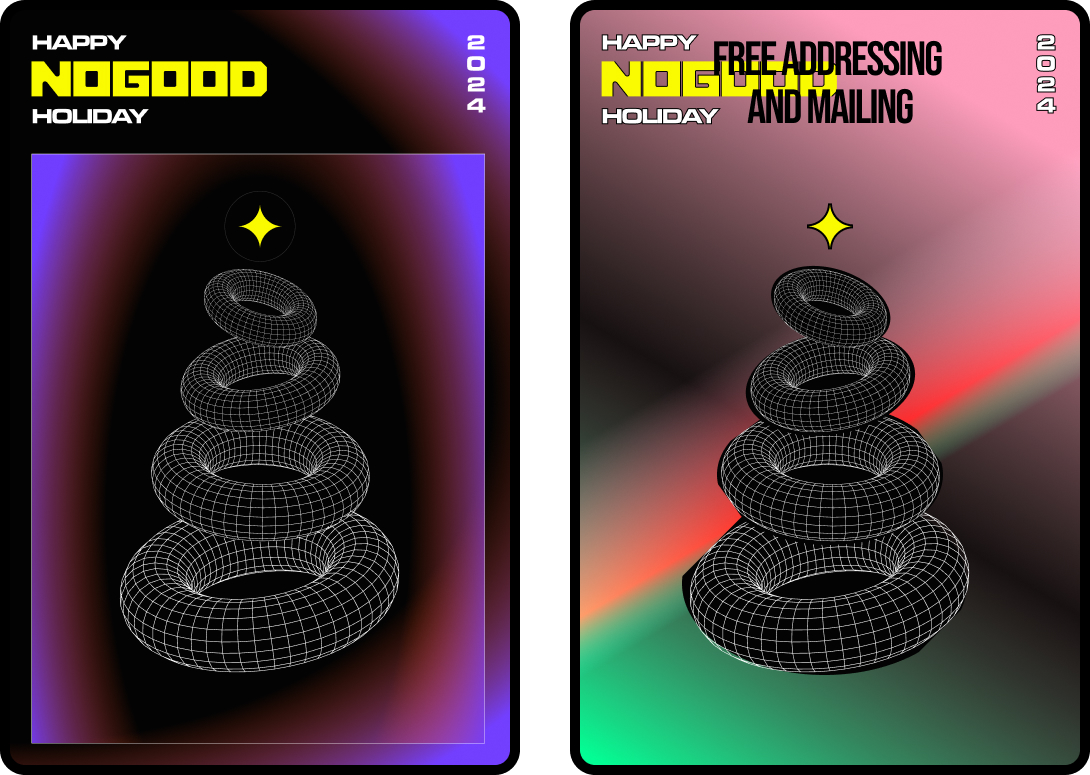
4. The Demand for Authenticity
Remember how we said paid social ads are everywhere? Well, the more saturated the space becomes, the more users crave authenticity. More traditional, polished ads are losing their appeal, especially among younger generations (I see you, Gen Z). Instead, people want content that feels real, relatable, and, well, human.
One of the most significant trends in this space is the rise of user-generated content (UGC). UGC is about showcasing your product through the eyes of your customers, and we’ve seen this time and time again on platforms like TikTok and YouTube, but in 2025 we can expect to see the rise in this format beyond your small screen. Two brands that are already leveraging UGC on a massive scale are Taco Bell and Amazon: these guys are tapping into creators’ ability to craft culturally relevant stories and hiring them to direct their ad campaigns.
Creators are also now key players in live events, activations, and experiential marketing. For example, Nike recently collaborated with a content creator to design an AR-enhanced basketball experience during All-Star Weekend, blending their online persona with in-person engagement. Food brands like Chipotle have invited TikTok chefs to co-host virtual cooking classes and direct the narrative around new menu launches.
Let’s face it – not every UGC video you see on the internet is actually a real customer, but in order to make it feel like it’s real, make sure that there is a level of cohesiveness between the content creator making the video and the product they’ll be selling. Would you believe Gordon Ramsey if he was selling you ballerina slippers? Absolutely not. So yeah, put some effort into it and find a creator who could authentically be using your product, and that will give you a great advantage.
An easy way to amplify the feeling of authenticity is through whitelisting ads. Viewers are more likely to stop and pay attention when content comes from a real person’s handle rather than a company’s. When they’re done well, whitelisting ads can be a powerful asset.
5. The Rise of Nano Influencers
While mega influencers may have broad reach, nano influencers — those with smaller but highly engaged audiences — are making waves in paid social strategies. With these influencers, you get something even more valuable than reach: trust and relatability.
Think about it this way: if your best friend told you they vouched for a product, you would be more likely to buy into it than if you saw it in a QVC commercial, right? The same concept applies here: nano influencers often have a more intimate connection with their followers. Their recommendations feel genuine and personal, and their audiences trust their opinions more than they would a big-name celebrity.
For brands, this translates to higher engagement, stronger relationships, and better returns. Plus, working with nano influencers is often more cost-effective than partnering with big names in the influencer space.
To leverage this trend, focus on building long-term relationships with influencers who align with your brand values. Give them creative freedom to showcase your product in a way that feels true to them.
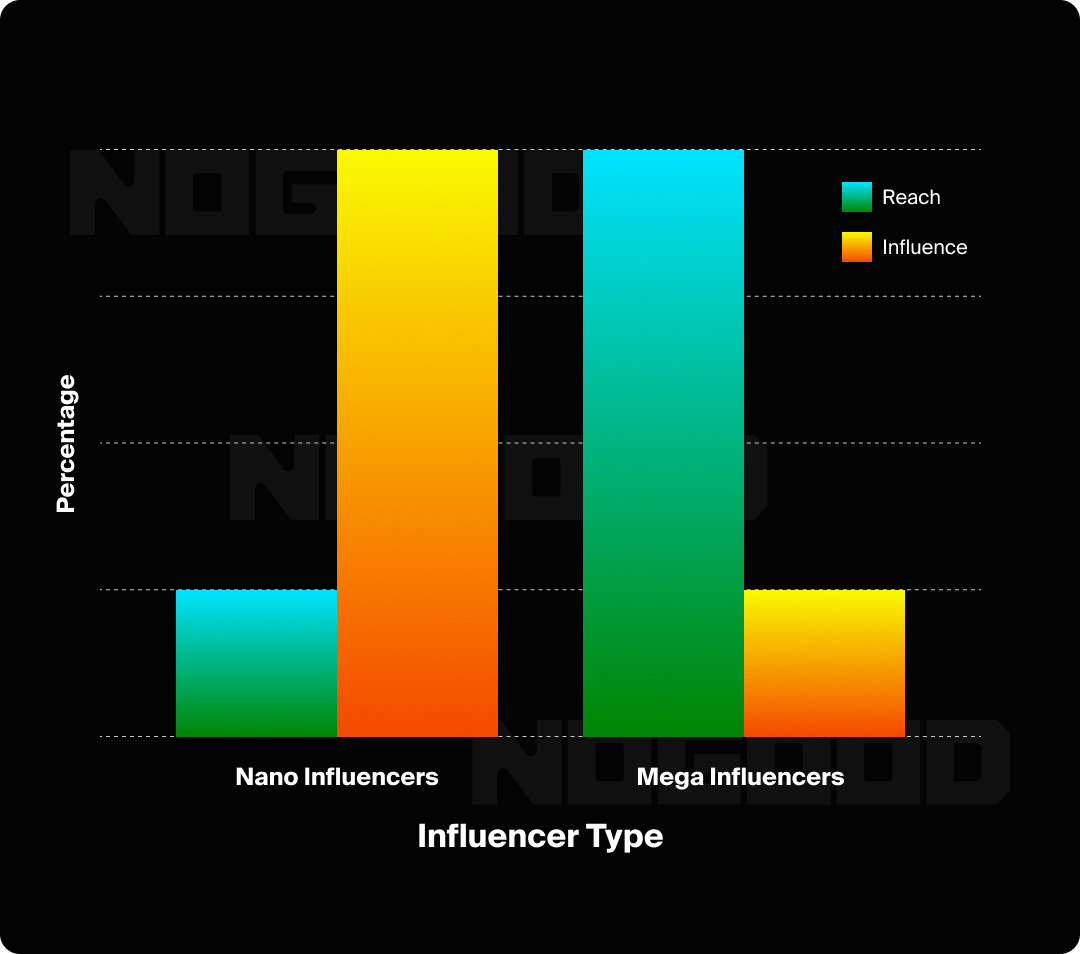
6. Platform-Specific Strategies Are Non-Negotiable
In 2025, a one-size-fits-all approach to paid social ads just doesn’t cut it anymore. Each social platform has its own unique audience and features, and it’s essential to tailor your ads to fit each one.
Take TikTok, for example. The platform thrives on casual, trend-driven content. If you want to succeed on TikTok, you need low-production, high-energy videos that feel native to the feed. Think quick tutorials, funny skits, or viral product demos. It’s all about creating content that naturally fits into the platform’s ecosystem.
On the other hand, Instagram still leans toward a more polished aesthetic. High-quality visuals, cohesive grids, and aspirational messaging perform better here. Your Instagram content should feel like an extension of your brand’s identity — visually appealing while still delivering value.
And while platforms like Pinterest and LinkedIn might not always come to mind when thinking about paid social, they offer unique opportunities for reaching specific audiences. Pinterest is perfect for lifestyle and DIY brands, while LinkedIn excels in connecting with potential B2B partners. Tailoring your content to each platform will increase its relevance and effectiveness.
7. Social Media Platforms Becoming Search Engines
Think about this: when was the last time you Googled something versus searching directly on TikTok or Instagram? For younger audiences, social media platforms are becoming the go-to search engines. Instead of using Google to find information, people are turning to TikTok for tips, Instagram for inspiration, and YouTube for how-to videos. This shift presents a massive opportunity for marketers.
Why is this happening? Social media platforms offer a more authentic, visually engaging way to discover information compared to traditional search engines. For example, a user looking for vacation ideas might search TikTok for real experiences from influencers or other travelers. It’s personal, it’s engaging, and it often leads to faster purchase decisions.
For advertisers, this trend emphasizes the importance of optimizing your content for in-platform search. Use relevant hashtags, keywords, and captions to ensure your content appears when users search for topics related to your brand.
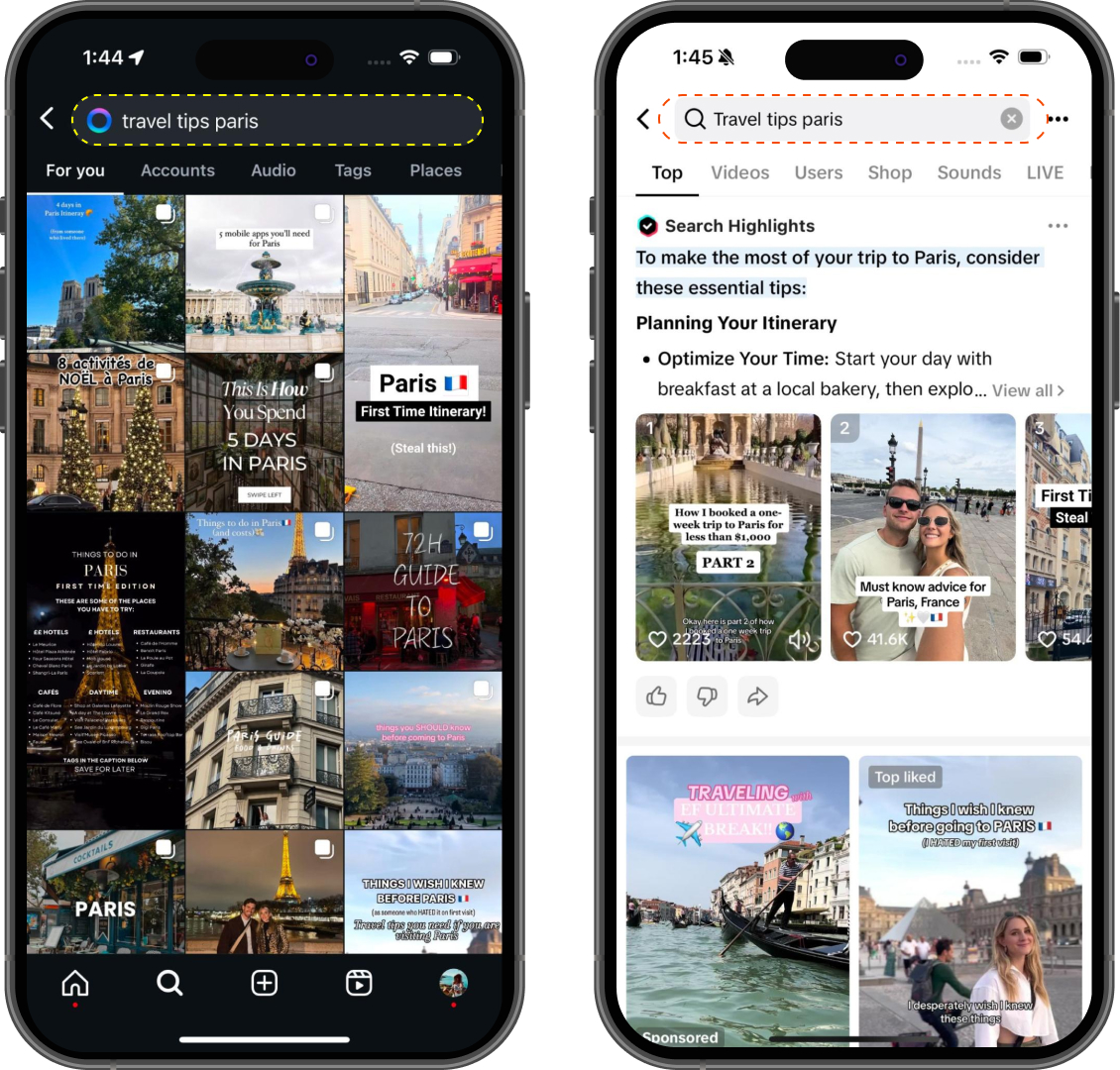
8. Hyper-Localization in Advertising
In 2025, hyper-local targeting is set to become more important than ever. This goes beyond basic geo-location — ads tailored to specific regions, cities, or even neighborhoods can make all the difference in resonating with your audience.
For example, a coffee chain might run ads emphasizing sustainability efforts in Portland while promoting a new iced latte in Miami. Aligning your messaging with local preferences and trends can help you build a stronger connection with your audience.
Success with hyper-local campaigns lies in data. Use insights about your target market’s location, interests, and behaviors to make ads that feel personal and relevant. Hyper-local campaigns benefit from a trial-and-error approach, so don’t be afraid to test and iterate to get the best results.
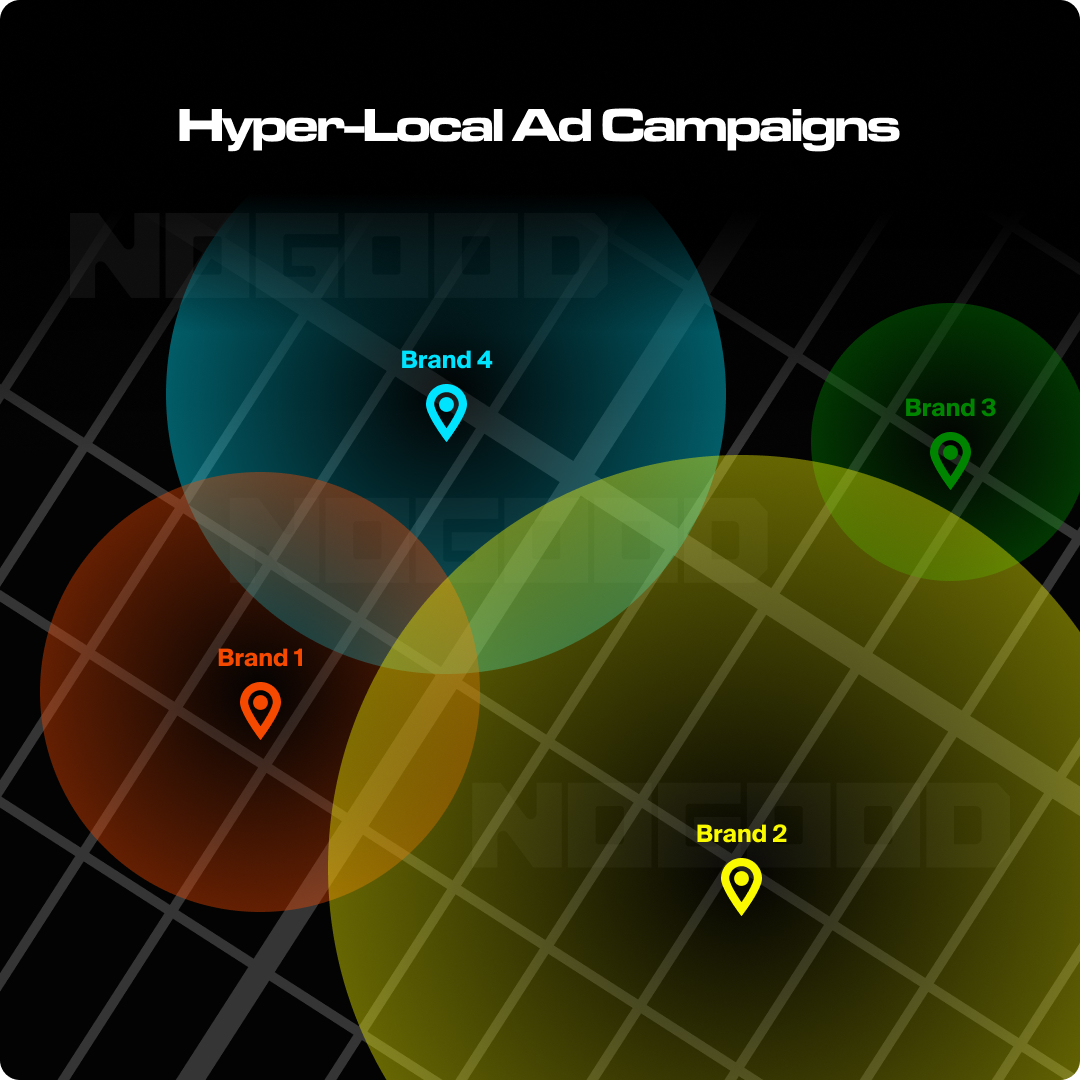
9. Using AR and VR Ads
Augmented reality (AR) and virtual reality (VR) ads are still in their infancy, but they’re poised to revolutionize paid social in the coming years. For industries like beauty, fashion, and home décor, these technologies offer an immersive way for customers to interact with products before making a purchase.
Imagine virtually trying on a new lipstick or placing a piece of furniture in your living room using AR. These experiences not only increase engagement but also help customers make more confident purchasing decisions.
If your brand operates in a space where AR or VR could enhance the shopping experience, consider incorporating these technologies into your ads. Early adopters of AR and VR have the chance to stand out and gain attention from customers who are excited about the novelty factor.
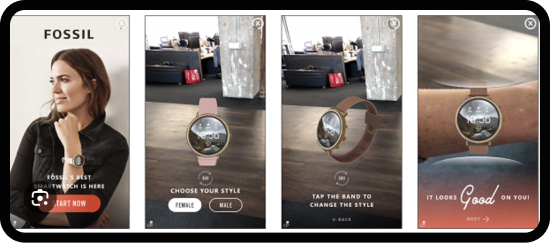
10. Sustainability-Focused Campaigns
Consumers today are more conscious of the environmental impact of their purchases than ever before (or at least they try to be!). Sustainability is a value that more and more consumers seek out when making purchasing decisions, and brands that highlight their commitment to eco-friendly practices through paid social ads can tap into this growing trend. Whether it’s showcasing sustainable packaging, ethical sourcing, or initiatives to reduce environmental impact, transparency and authenticity are increasingly important to consumers.
Integrating sustainability into your paid social campaigns not only appeals to socially conscious consumers but also fosters deeper brand loyalty. By showcasing your efforts in a meaningful way, you can create stronger connections with your audience.
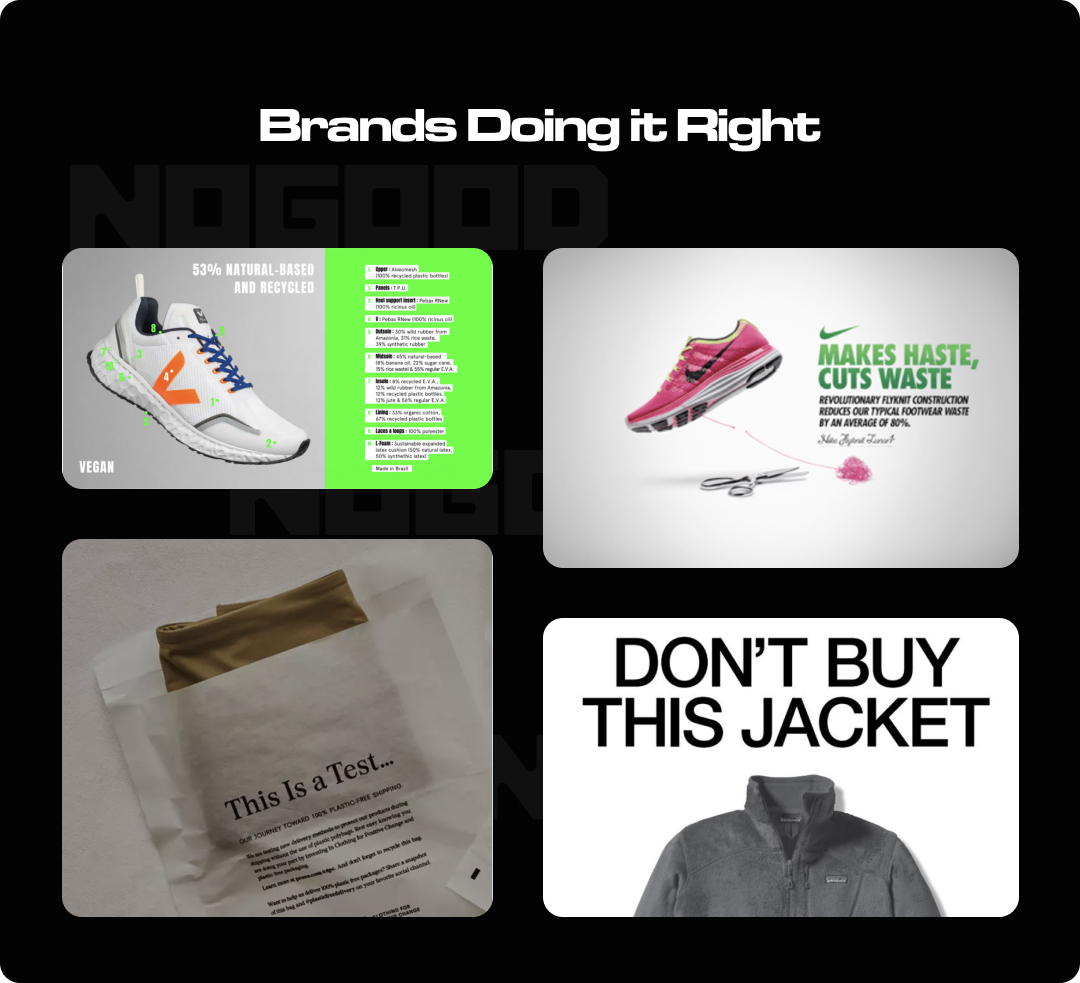
Paid Social Trends for 2025: Final Thoughts
At the end of the day, paid social is all about meeting your audience where they are, serving them content they care about, and making it as easy as possible for them to say, “Wow, I’m buying that.” The trends heading into 2025 — short form videos, user-generated content, nano influencers, AI tools, and beyond — are all about staying nimble, authentic, and strategic.
Whether you’re testing YouTube Shorts, diving into hyper-local campaigns, or exploring AR ads, the key is to stay curious and open to new things. Social media is a constantly changing landscape, and the brands that thrive are the ones willing to adapt, experiment, and grow. Here’s to making 2025 your best year yet in paid social!





